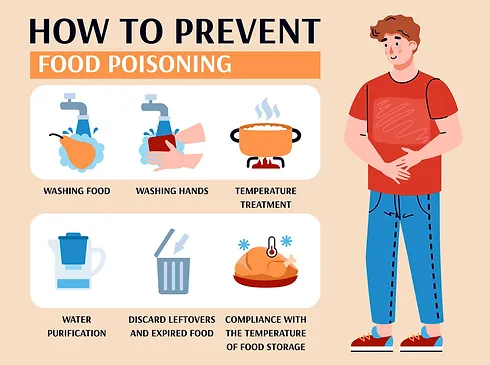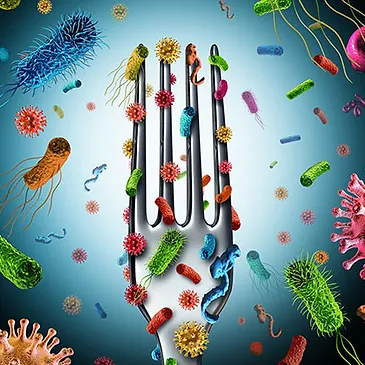Food Safety
|
Click here to view a map with contact information for the food inspector in your area.
|
Symptoms include upset stomach, stomach cramps, |
Food Safety CLEAN-Wash your hands and surfaces often. SEPARATE- Don't cross-contaminate COOK- To the right temperature CHILL- Refrigerate promptly |
Click Image to report food borne illness |
Foods that cause food poisoning: Some foods are more associated with food borne illnesses and food poisoning than others. They can carry harmful germs that can make you very sick if the food is contaminated.
Other sources of food poisoning:
|


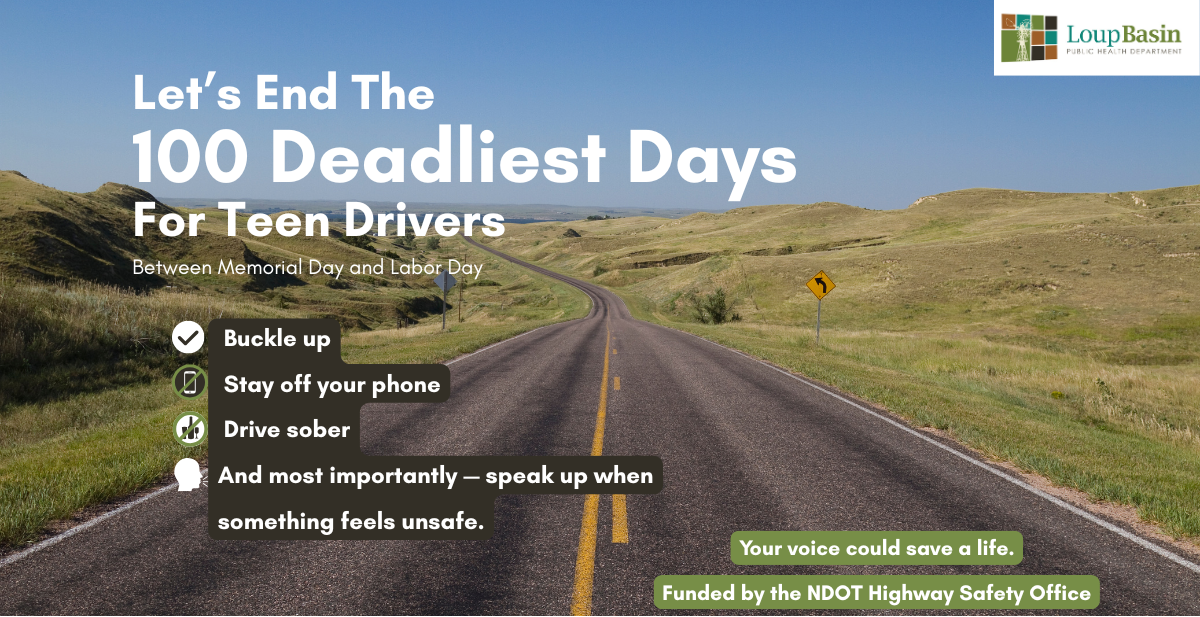

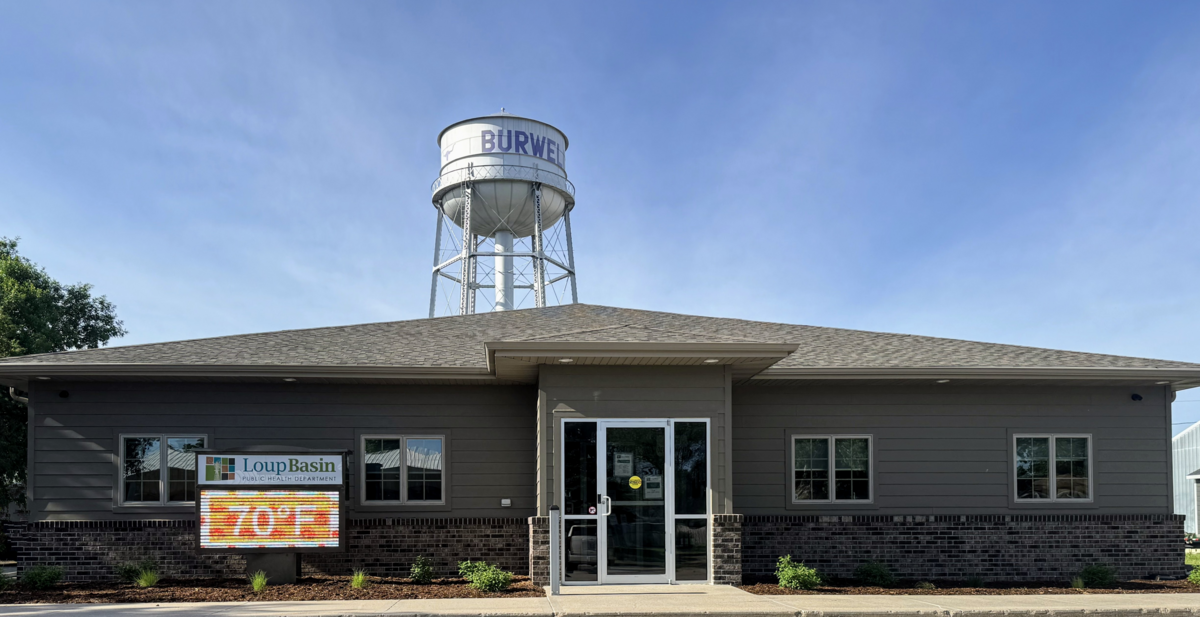
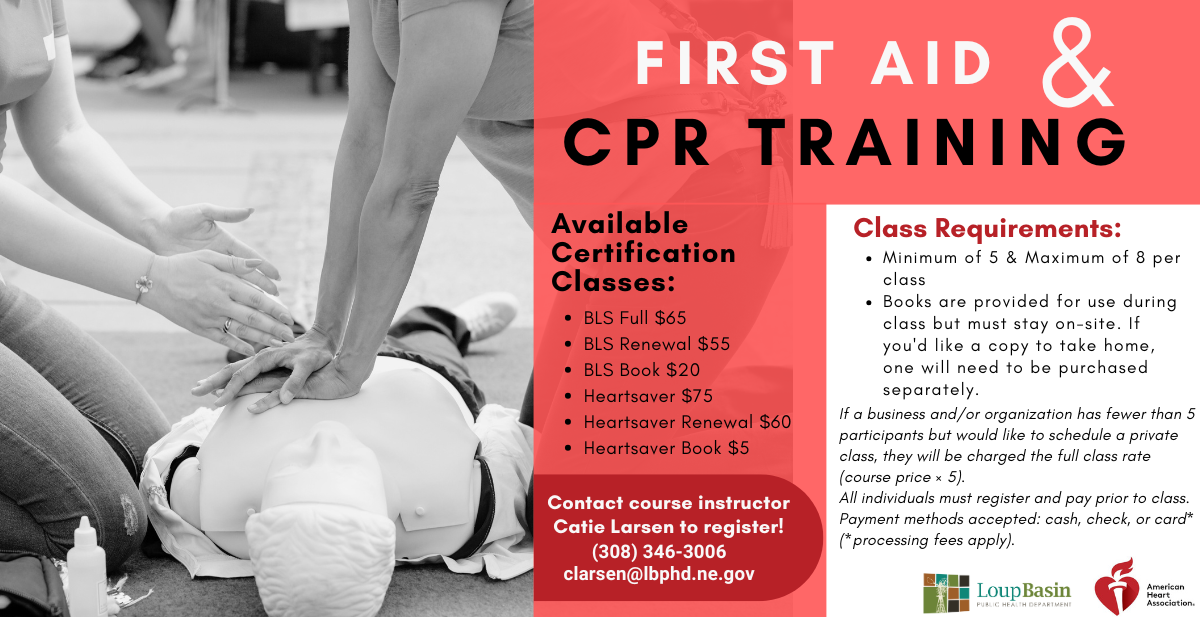

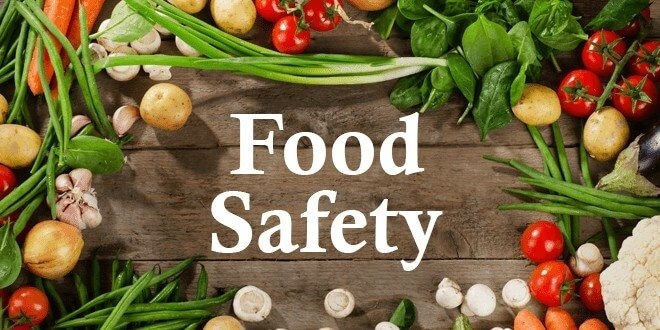 Launch the media gallery 1 player - media #1
Launch the media gallery 1 player - media #1